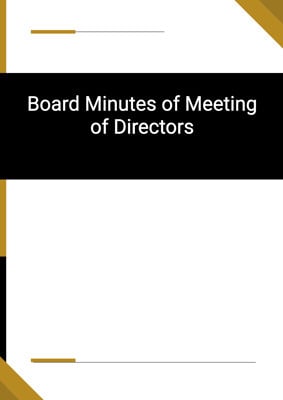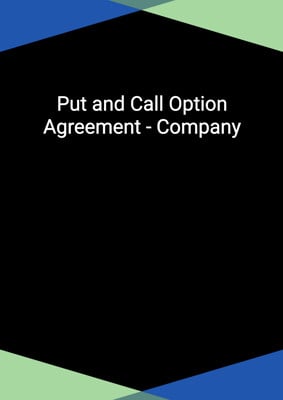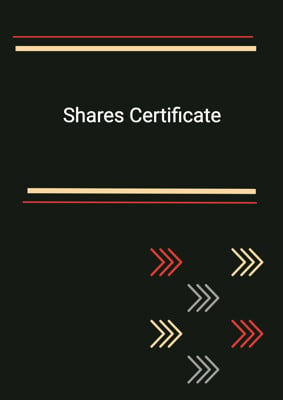How to Tailor the Document for Your Need?
01
Create Document
Fill in the details of the parties. You can click the "Fill with Member’s Information" button to complete it with information saved to your account.
02
Fill Information
Please fill in any additional information by following the step-by-step guide on the left hand side of the preview document and click the "Next" button.
03
Get Document
When you are done, click the "Get Document" button and you can download the document in Word or PDF format.
04
Review Document
Please get all parties to review the document carefully and make any final modifications to ensure that the details are correct before signing the document.
Document Preview
Document Description
This document is a Put and Call Option Agreement between two parties, referred to as the buyer and the seller. The agreement outlines the terms and conditions for the buyer to purchase the seller's shares in a private company. The document begins with an interpretation section, defining key terms used throughout the agreement.
The agreement provides for different options depending on the calculation method chosen. If the calculation is based on multiple of net tangible assets or after-tax earnings, the price payable for the option shares is determined by the sum certified by the auditors of the company. The auditors' certificate calculates the average net tangible assets or after-tax earnings over the last two years prior to the exercise of the option. If the calculation is based on a fixed exercise price, the price is predetermined and fixed. If the calculation is based on the greater of the two methods, the price is determined by the auditors' certificate or a fixed amount, whichever is greater.
The completion of the sale and purchase of the option shares is outlined in Clause 5. It specifies that completion should take place at a venue agreed upon by the parties or at the company's registered office. Completion occurs on the fifth business day following the agreement of the sum set out in the auditors' certificate and the receipt of any necessary regulatory approvals.
The agreement also includes provisions for dividends and voting rights after the exercise of the option, as well as warranties provided by the seller. It prohibits the assignment or transfer of rights or obligations under the agreement by either party. Amendments to the agreement can only be made in writing and signed by both parties. Notices and service of the agreement should be in writing and delivered by hand, email, or post.
The agreement is governed by the laws of the country and does not confer any rights to third parties. It represents the entire agreement between the parties and can be executed in multiple counterparts.
How to use this document?
To use this document, follow these steps:
1. Determine the calculation method: Decide whether the price for the option shares will be based on a multiple of net tangible assets, after-tax earnings, a fixed exercise price, or the greater of net tangible assets and after-tax earnings.
2. Agree on the option period: Determine the start and end dates of the option period during which the put or call option can be exercised.
3. Exercise the option: If you are the seller, prepare an option notice and serve it to the buyer during the option period. If you are the buyer, prepare a call option notice and serve it to the seller during the option period.
4. Determine the option price: If the calculation method is based on net tangible assets or after-tax earnings, obtain an auditors' certificate certifying the sum payable for the option shares. If the parties dispute the sum, try to reach an agreement through negotiation. If no agreement is reached, appoint an independent firm of accountants to determine the dispute. If the calculation method is a fixed exercise price, the price is predetermined and fixed.
5. Complete the sale and purchase: Agree on a venue for completion or default to the company's registered office. Ensure all necessary regulatory approvals have been obtained. On the completion date, the buyer should transfer the option price to the seller's bank account. The seller should deliver the option shares and necessary documents to the buyer.
6. Handle dividends and voting rights: After the exercise of the option, the seller should account for all dividends or distributions of the company to the buyer. The seller should also exercise all voting and other rights at the direction of the buyer.
7. Comply with warranties: The seller warrants that it is the beneficial owner of the option shares and has the power and authority to grant the option. The seller should not transfer or encumber its interest in the option shares before the exercise of the option.
8. Consider change of control: If a controlling interest in the seller is acquired by a third party, the buyer may be entitled to exercise the put or call option regardless of the time of the change of control.
9. Non-assignment: Neither party can assign or transfer their rights or obligations under the agreement without the other party's consent.
10. Amendments: Any amendments to the agreement must be made in writing and signed by both parties.
11. Follow notice and service requirements: All notices under the agreement should be in writing and served by email, hand delivery, or post. Ensure that the correct addresses and contact information are used.
12. Governed by the law: The agreement is governed by the laws of the country.
Please note that this guidance is a summary and should not be considered legal advice. It is recommended to consult with a legal professional for specific guidance on using this document.
Not the right document?
Don’t worry, we have thousands of documents for you to choose from:








